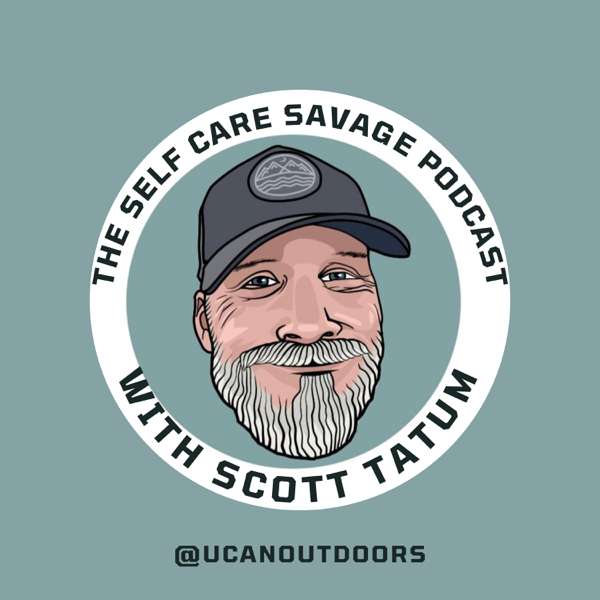What is Amazon deforestation? Thanks for asking!
Situated in South America, the Amazon tropical rainforest is home to somewhere between 50 and 70% of the world’s biodiversity, according to the World Wildlife Fund.
It stretches across Peru, Colombia, Venezuela, Guyana, Surinam, French Guiana, Ecuador, Bolivia and most of all Brazil, which contains 60% of the Amazon alone.
Huge fires are currently ripping through various parts of the rainforest, which could end up being even worse than the 2019 outbreak. This is closely linked to the issue of deforestation.
After more than a decade of downward trajectory, Amazon deforestation has risen abruptly in the last two years.
We’ve been talking about deforestation in the Amazon for a long time; when did it actually start?
Deforestation began in the 1960s, but went up considerably between 1991 and 2003. Several local, national and international factors are to blame.
There have been huge peaks in deforestation over the years, while measures taken by former Brazilian President Lula had some impact in slowing the rate in the first decade of the 21st century.
In 2009, a Greenpeace report claimed that 80% of the deforested area in Brazil was being used for cattle farming. Soy plantations were also cited as a key problem. Trees are cut down for timber, then the cleared land is used for grazing cattle or cultivating soybeans.
In the first six months of 2020, 3000km2 of forest have been cut down.The UN’s Food and Agriculture Organisation has stated that Brazil is the country where the most forest has been lost in the last decade.
What has happened since Jair Bolsonaro became head of state in Brazil?
Unfortunately, it’s had a real negative impact. When Bolsonaro became President in January 2019, deforestation immediately increased by 54%. And that trend has continued since.
Bolsonaro encouraged cattle farmers and miners to ramp up operations in the Amazon. Their deforestation is often illegal, with many accused of deliberately starting fires to free land for their activities. In 2019, exports of beef from the region went up 32%.
In addition to destroying biodiversity, deforestation threatens the lives of native tribes living in the Amazon. In 2020, the Brazilian government proposed a draft bill allowing mining and farming to take place on indigenous lands.
Human activity and global warming are pushing the situation to a point of no return. Scientists say it may already be too late for the Amazon rainforest to regenerate.
A few different scenarios have been outlined. The World Bank claims that 40% of the Amazon will have disappeared by 2050. Meanwhile, the WWF believes it could be as much as 55% by 2030.
See acast.com/privacy for privacy and opt-out information.
Learn more about your ad choices. Visit megaphone.fm/adchoices

 Our TOPPODCAST Picks
Our TOPPODCAST Picks  Stay Connected
Stay Connected







